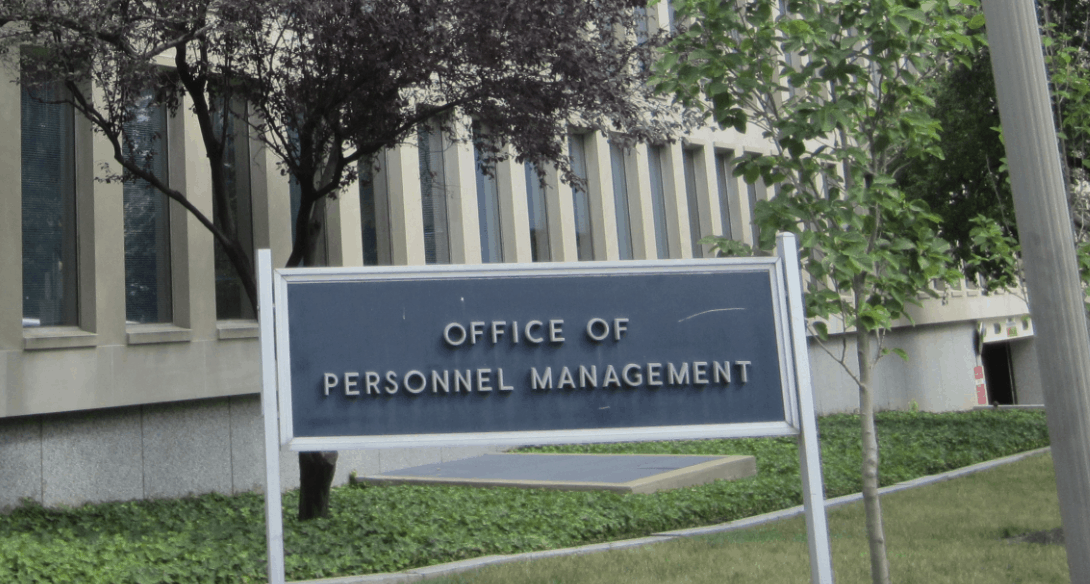Judge Strikes Down Trump Executive Orders on Federal Employment

 In a lengthy decision, Judge Ketanji Brown Jackson of the U.S. District Court for the District of Columbia effectively struck down a package of executive orders issued by President Trump that sought to ensure the efficient administration of public business. All that remains of the orders are broad policy statements that do not hold the force of law or provisions not challenged by labor unions. It is a near certainty that the Department of Justice will appeal this decision.
In a lengthy decision, Judge Ketanji Brown Jackson of the U.S. District Court for the District of Columbia effectively struck down a package of executive orders issued by President Trump that sought to ensure the efficient administration of public business. All that remains of the orders are broad policy statements that do not hold the force of law or provisions not challenged by labor unions. It is a near certainty that the Department of Justice will appeal this decision.
Background
On May 25, 2018, President Trump issued three executive orders that modify grievance procedures in the federal government, limit paid union time and make collective bargaining negotiations more cost effective.
These are much needed reforms. Paid union time represents a massive subsidy to federal employees unions. The latest estimate finds federal employees spent 3.6 million hours on paid union time (union official time) at a cost of $177 million in fiscal year 2016. And holding federal employees accountable for job performance or misconduct is nearly impossible. In fiscal year 2017, only 0.5 percent or 11,046 non-military federal employees were fired.
Shortly thereafter and over the course of about two weeks, several federal employee unions filed multiple lawsuits against the executive orders. As the decision by Judge Brown summarizes, the unions argue that the executive orders are unlawful because:
(1) the President has no statutory or constitutional authority to issue executive orders pertaining to the field of federal labor relations; (2) the challenged provisions conflict with particular sections of the [Federal Service Labor-Management Relations Statute] in a manner that abrogates the Unions’ statutory right to bargain collectively; and (3) certain provisions of the Orders transgress Article II’s Take Care Clause, and also, in one instance, the First Amendment’s right to freedom of association.
Court Opinion
The second union argument was used to strike down the executive orders. Judge Brown ruled that while the president may issue executive orders that alter federal labor relations, “it is undisputed that no such orders can operate to eviscerate the right to bargain collective as envisioned in the [Federal Service Labor-Management Relations Statute (FSLMRS)].”
In sum, the opinion states that the president overstepped his authority and issued executive orders that conflict with the will of Congress. The court concluded that since certain provisions of the executive orders “effectively reduce the scope of the right to bargain collectively as Congress crafted it, or impair the ability of agency officials to bargain in good faith as Congress has directed, and therefore cannot be sustained.”
Take Away
The opinion hinges on a very particular point of view of the statute governing federal labor relations and whether the orders conflict with the will of Congress. As noted in the decision, when the FSLMRS was enacted, Congress guaranteed the right to federal employees to engage in “good-faith” collective bargaining. In the findings and purpose of the FSLMRS, Congress stated its opinion that:
…the statutory protection of the right of employees to organize, bargain collectively, and participate through labor organizations of their own choosing in decisions which affect them … safeguards the public interest, … contributes to the effective conduct of public business, … and facilitates and encourages the amicable settlements of disputes between employees and their employers involving conditions of employment.
The judge heavily relies on this section of the FSLMRS to strike down the executive orders. As it goes, since Congress intended to protect federal employees’ right to collective bargaining and labor unions are in the public interest, the president may not issue any orders that “impermissibly infringe upon the right to collective bargaining that is enshrined in the FSLMRS.”
But, as Judge Brown readily admits in the opinion, “the claims… in this case turn solely upon a somewhat ‘difficult problem of statutory interpretation.’”
Brown is quick to point out the plain text of the statute: collective bargaining safeguards the public interest and contributes to the effective conduct of public business. But the judge must not be familiar with the practice of official time in the federal government. It is the practice of federal employees performing union business unrelated to their civic duties while paid their regular tax-funded salary. The executive order dealing with official time, in part, instructs agencies to negotiate collective bargaining agreement provisions that only allow a federal employee to only spend 25 percent conducting union business instead of their public duties. It also instructs agencies to prohibit lobbying on official time.
Yes, the statute says labor unions safeguard the public interest, but is Judge Brown aware that, at minimum, over 1,000 federal employees spend 100 percent of the workday on official time. Is it possible for a collective bargaining system, which permits federal employees to never conduct any public service, to promote the public interest, contribute to effective performance of public services, or achieve efficient government operations?
In addition, federal employee unions use official time to file frivolous grievances (see my recent testimony before the House Committee on Government Reform for examples) and to defend poor-performing employees during the grievance process. It is also difficult to argue labor unions contribute to an effective and efficient government when they negotiate collective bargaining provisions that prolong the grievance process. A recent Heritage Foundation report outlines the steps it takes to fire a federal employee and estimated it takes 150-290 days.
As an article from FedSmith.com noted, “While the terms ‘public interest’ and ‘effective and efficient government’ are used throughout the decision, the initial decision largely defines these terms to the benefit of federal employee unions.”
Another subject frequently discussed throughout the opinion is the duty to bargain in good faith and whether the executive orders go too far in limiting the scope of collective bargaining. The opinion argues that the executive orders inappropriately takes certain items off the bargaining table and that that infringes on the ability of agency negotiators to bargain in good faith.
The judge cites a sentence of a case that describes good faith bargaining: the parties to the negotiations must “enter into discussions with an open mind and a sincere intention to reach an agreement.”
This description of the duty to bargain in good faith fails to paint a complete picture. As important as coming to negotiations with an open mind is that neither party can be compelled to agree to a proposal or make a concession. In addition, the same case finds that the “firmness of a bargaining position does not constitute bad faith.”
As opposed to Judge Brown’s view that the orders impair negotiators from bargaining in good faith, they merely direct agency officials to strive for certain outcomes in collective bargaining negotiations and require officials to enter negotiations with firm bargaining positions. This appears to comply with the conditions encompassing good faith bargaining.
Last, the executive orders simply do not eviscerate collective bargaining in the federal government. Placing limits on official time just means that federal employee unions will have to use the dues they collect from members to finance union representation rather than receiving a taxpayer funded subsidy to do it.